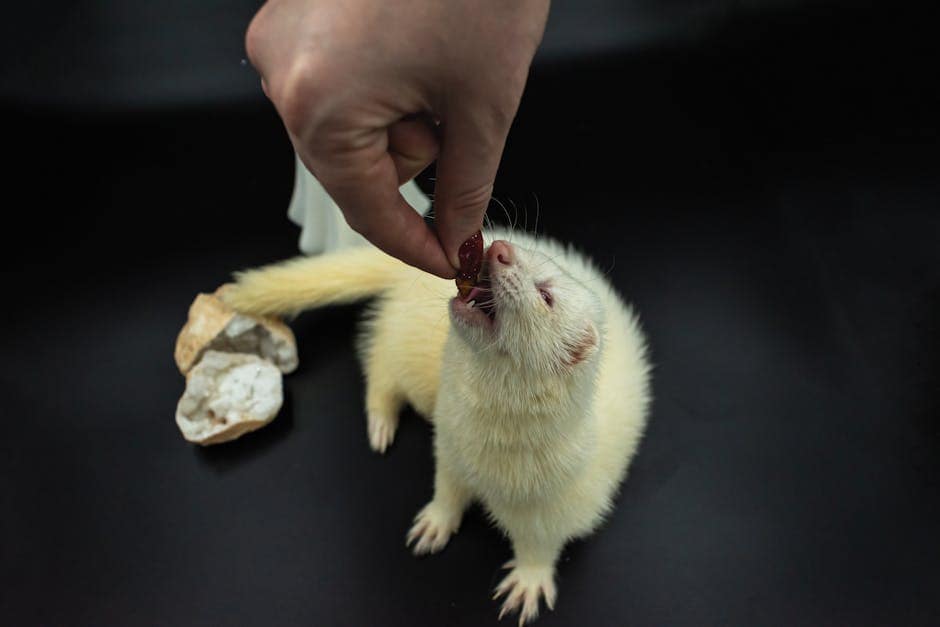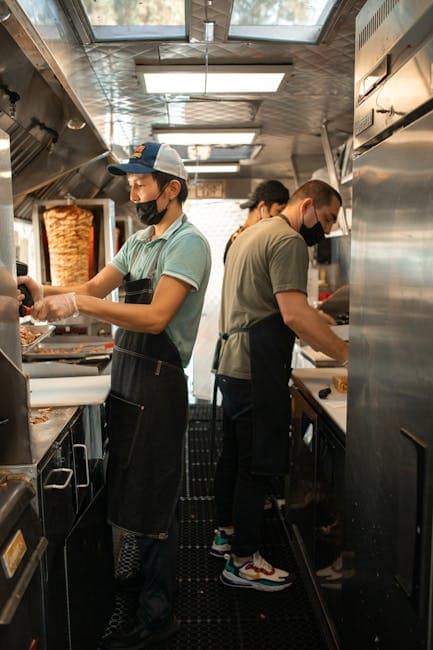Training Chefs in Food Safety Abroad
The Critical Importance of Global Food Safety Standards
Firstly, international food safety standards protect consumers and brands simultaneously. The World Health Organization estimates that nearly 600 million people fall ill annually from contaminated food. Additionally, unsafe food causes 420,000 preventable deaths each year. Therefore, training chefs abroad in proper hygiene practices becomes a moral imperative. Furthermore, consistent standards prevent cross-border contamination incidents. For example, the FDA’s Food Safety Modernization Act sets rigorous prevention-based standards for American imports. Consequently, international culinary teams must understand and implement these protocols effectively.
Key Challenges in International Chef Food Safety Training
Training culinary staff across different countries presents unique obstacles. However, understanding these challenges is the first step toward overcoming them.
Navigating Cultural and Language Barriers
Language differences can create dangerous misunderstandings in kitchen protocols. Meanwhile, cultural attitudes toward food handling may conflict with international standards. For instance, the FDA’s FSMA requires specific preventive controls that might be unfamiliar concepts. Therefore, trainers must use clear visuals and hands-on demonstrations. Additionally, employing bilingual trainers or certified translators ensures critical information is accurately conveyed.
Adapting to Diverse Regulatory Environments
Different countries maintain varying food safety regulations and enforcement mechanisms. Conversely, multinational restaurants must comply with all local laws while meeting corporate standards. For example, the European Union’s Food Safety Authority operates differently than the USDA in the United States. Thus, training programs must incorporate region-specific requirements while maintaining core safety principles.
Essential Components of Effective Food Safety Training Abroad
Successful international training programs share several critical elements. Moreover, these components ensure knowledge retention and practical implementation.
Hands-On Practical Demonstrations
Adult learning theory emphasizes experiential education. Consequently, chefs learn best through direct practice rather than theoretical lectures. For example, temperature control demonstrations using actual thermometers create lasting understanding. Additionally, cross-contamination experiments with UV lights visually reinforce critical concepts. Furthermore, these methods transcend language barriers effectively.
Certification and Continuous Education Programs
Formal certifications provide structured learning pathways and verification. The ServSafe International program offers customized training for global operations. Similarly, the National Restaurant Association’s Educational Foundation provides internationally recognized credentials. Therefore, investing in certified programs ensures standardized knowledge assessment. Meanwhile, regular refresher courses address evolving standards and complacency issues.
Implementing HACCP Systems in International Kitchens
The Hazard Analysis Critical Control Point system provides a preventive framework for food safety. However, implementing HACCP abroad requires careful cultural adaptation.
Cultural Adaptation of Safety Protocols
Traditional food preparation methods may conflict with modern safety protocols. Nevertheless, successful training finds compromises that respect cultural heritage while ensuring safety. For example, certain fermentation processes can be modified rather than eliminated. Additionally, local ingredients might require specialized handling procedures. Thus, trainers must collaborate with local chefs to develop mutually acceptable solutions.
Technology Integration for Remote Monitoring
Digital solutions enable consistent oversight of international operations. For instance, IoT sensors can monitor refrigeration temperatures in real-time across multiple countries. Similarly, mobile applications provide just-in-time training reinforcement. The USDA’s Food Safety Education resources offer downloadable materials in multiple languages. Consequently, technology bridges geographical gaps in training consistency.
Measuring Training Effectiveness and Compliance
Ultimately, training success is measured through behavioral change and compliance rates. Moreover, several metrics provide valuable insights into program effectiveness.
Audit Performance and Inspection Results
Regular internal and third-party audits objectively measure training impact. Specifically, improving audit scores demonstrate knowledge application. Meanwhile, health inspection results provide external validation. Therefore, tracking these metrics before and after training initiatives quantifies return on investment. Additionally, identifying recurring violations highlights areas needing additional training focus.
Foodborne Illness Incidence Rates
The most critical metric is the reduction of food safety incidents. According to CDC data, proper training reduces foodborne illness outbreaks by approximately 30%. Consequently, monitoring incident reports provides the ultimate measure of training effectiveness. Furthermore, investigating near-misses creates valuable learning opportunities without actual consumer harm.
Future Trends in International Food Safety Education
The landscape of culinary safety training continues evolving with technological advancements. Moreover, several emerging trends will shape future programs.
Virtual Reality and Augmented Reality Training
Immersive technologies enable realistic training without geographical constraints. For example, VR simulations can recreate kitchen environments for practice without resource waste. Similarly, AR applications can overlay safety information onto physical kitchen spaces. Consequently, these technologies provide scalable, consistent training across global operations.
Data-Driven Personalized Learning Paths
Artificial intelligence can customize training based on individual performance data. Specifically, adaptive learning systems identify knowledge gaps and provide targeted remediation. Meanwhile, predictive analytics can forecast training needs before problems occur. Therefore, future programs will become increasingly personalized and proactive rather than generic and reactive.
Frequently Asked Questions About Chef Food Safety Training Abroad
What are the most recognized international food safety certifications for chefs?
The most globally recognized certifications include ServSafe International, HACCP certification from the International HACCP Alliance, and the ISO 22000 Food Safety Management standard. Additionally, many countries have local certifications that meet international standards.
How often should chefs receive food safety training when working abroad?
Chefs should receive formal certification every 3-5 years, with annual refresher courses. However, specific intervals depend on local regulations, the chef’s role, and previous compliance history. High-risk establishments may require more frequent training.
What are the biggest cultural barriers in food safety training for international chefs?
The most significant barriers include language differences, traditional food handling practices, varying risk perceptions, and different regulatory expectations. Successful training acknowledges these differences while emphasizing universal safety principles.
How does training chefs in food safety abroad differ from domestic training?
International training must address multiple regulatory frameworks, language translation, cultural adaptation, and logistical challenges. Domestic training typically focuses on a single set of regulations and shares cultural context with trainees.
What technology tools are most effective for training chefs abroad in food safety?
Effective tools include multilingual learning management systems, mobile training applications, video demonstration platforms, virtual reality simulations, and digital compliance tracking systems. These technologies enable consistent training across geographical distances.
Conclusion: Elevating Global Food Safety Through Comprehensive Chef Training
In conclusion, training chefs in food safety abroad requires a multifaceted approach that balances international standards with cultural sensitivity. Ultimately, successful programs combine certified education, practical demonstrations, and technological support. Furthermore, continuous evaluation ensures ongoing improvement and compliance. The global food industry depends on this crucial training to protect consumers and maintain brand integrity across borders. Therefore, invest in comprehensive food safety education for your international culinary teams. Finally, contact our experts to develop customized training solutions for your global operations. Alternatively, explore our resource library for additional food safety materials or schedule a consultation to discuss your specific needs.




